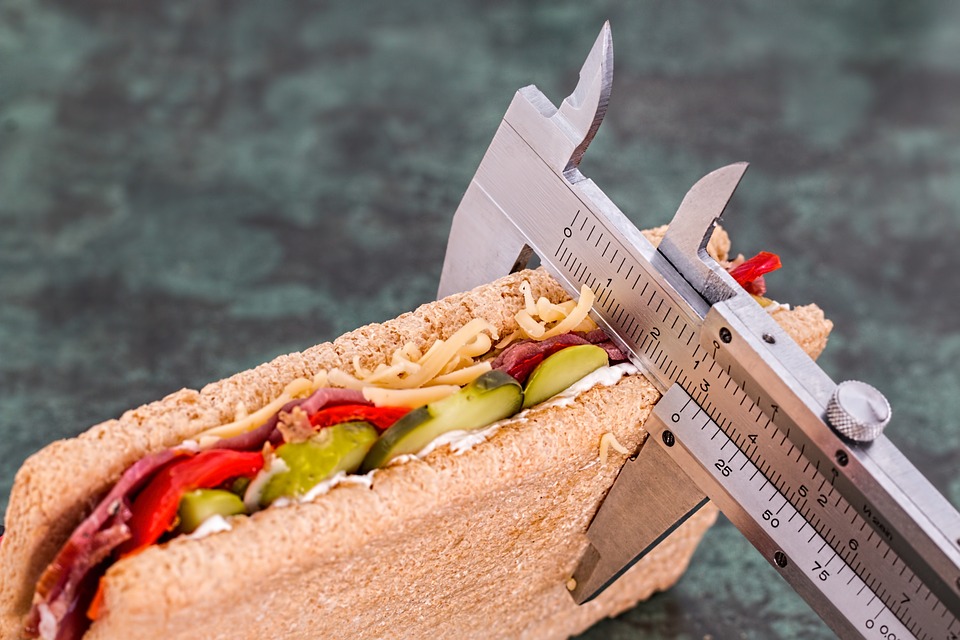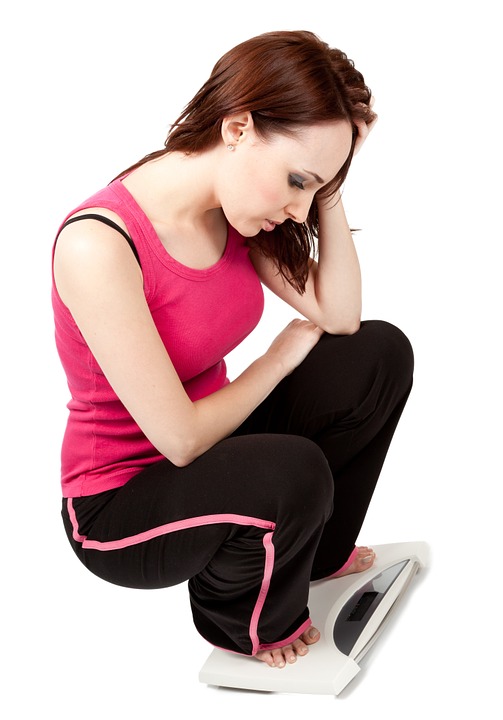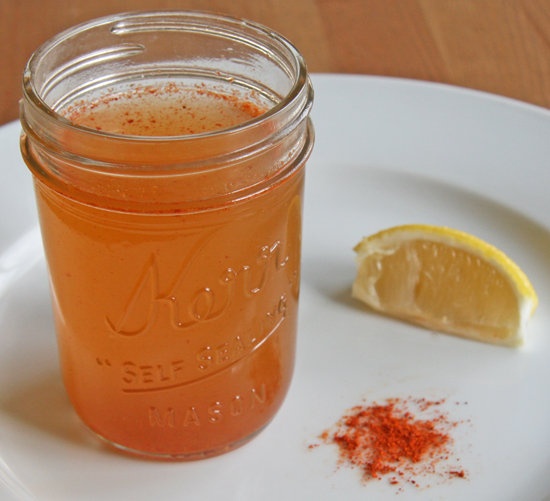When trying to achieve weight loss, gaining a balanced diet can be confusing. There is a lot to include and there are real moderated needs for protein, carbohydrates, vitamins, minerals, and even calories. As most people know, quantity of calories is a major concern; but then, calorie quality is important, too.
Good Calories, Bad Calories
All calories are not created equal; not all calories are evil—you need calories to live and have energy. A diet capable of supporting health and fitness is one that is packed with good calories. So what’s a ‘bad’ calorie? You might recognize it by another name—an empty calorie.
An empty calorie is a calorie with no nutritional value. It is a calorie largely based in fats and sugars devoid of vitamins, minerals, and important nutrients. When trying to achieve weight loss, you should learn which calories are empty calories and try to avoid them.
Protein, carbohydrates, and fats are all macro nutrients. There are good sources of these needed dietary elements, but there are also a lot of bad sources that are nothing more than empty, useless calories.
Good calories and good sources of macro nutrients have necessary carbs, good fats, and proteins, and they also have micro-nutrients such as fiber, antioxidants, vitamins, and minerals.
Useless, Empty Calories
The problem with empty calories is that they provide little to no energy, no restorative and constructive properties (for muscle, bone, and tissue), and add to fat stores. Very simply, empty calories have none of the necessary elements needed to support body function, workouts, and good health.
Fitness depends on having good sources of calories that also provide other needed elements and energy for working out. The right caloric sources will result in improved energy, enhanced muscle formation, and increased weight loss. Empty calories will negate these efforts, making it harder to achieve weight loss.

How To Spot An Empty Calorie
In a hurried world it is easy to consume many empty calories throughout the course of the day and not even realize it. This can leave you feeling sluggish and thwart the best of fitness efforts. Many people trying to achieve weight loss in Pearland eat mainly empty calories and do not even know that they do it. So how can you easily spot an empty calorie?
First off, consider that all ‘junk food’ is empty calories. Avoid sugar-laden foods and refined grains (white flours). Eat natural sugars (fruits and vegetables) and whole grains. Avoid fried foods, candy, and sugary drinks (soda, but also sugary ‘energy’ drinks that are often nothing more than sugar and caffeine).
Also look out for beer and alcohol; these are sources of sugar and stored fats with nothing else to offer.
Depending on preparation, even good calories can turn empty quickly (fried foods and more). To really learn to quickly spot empty calories you need to get educated—talk to a nutritionist, your doctor, or your personal trainer. These professionals will give you the basics of good calorie consumption, help you balance out your diet and point you to reliable resources for more information about weight loss.
Your health and well-being depend on your good diet. Reaching your fitness goals does, too. Many a person has found that simple dietary changes, a switch-over to good calorie sources rather than consuming empty calories, has made the difference between a stalled fitness campaign and reaching and exceeding fitness objectives.

Subscribe To Our VIP Newsletter
Join our VIP mailing list to receive additional content that goes even deeper into the latest news and updates from our team as well as our wellness partners.





















